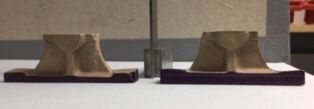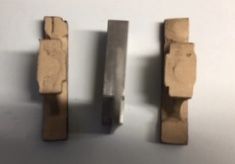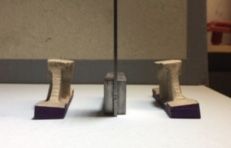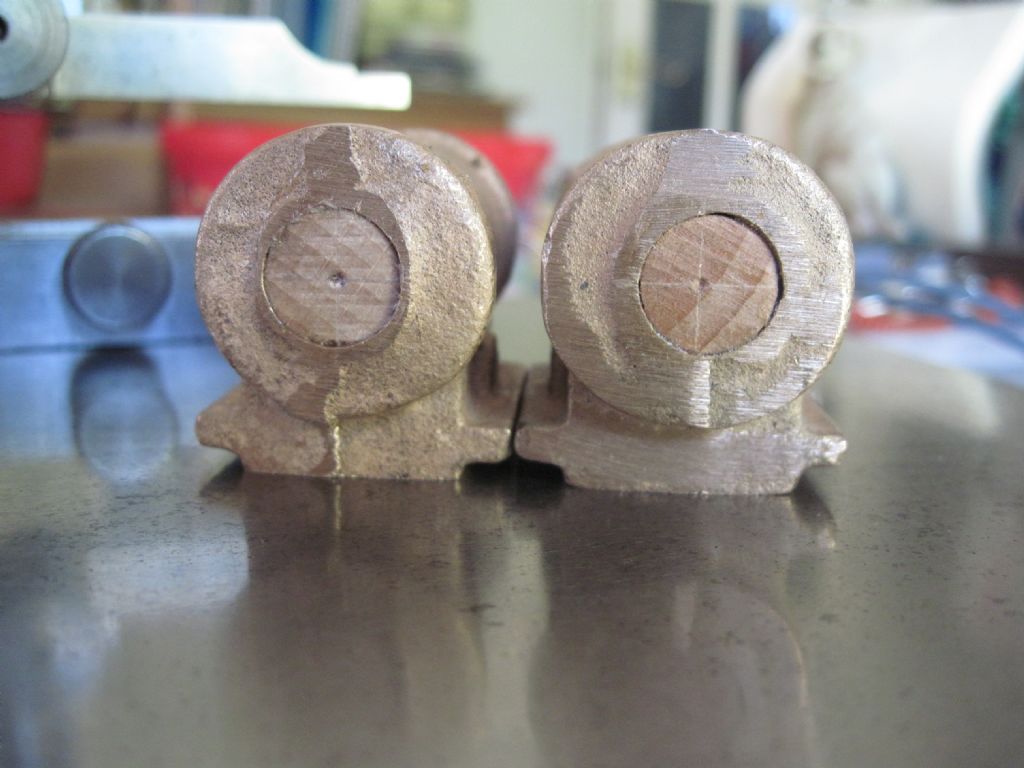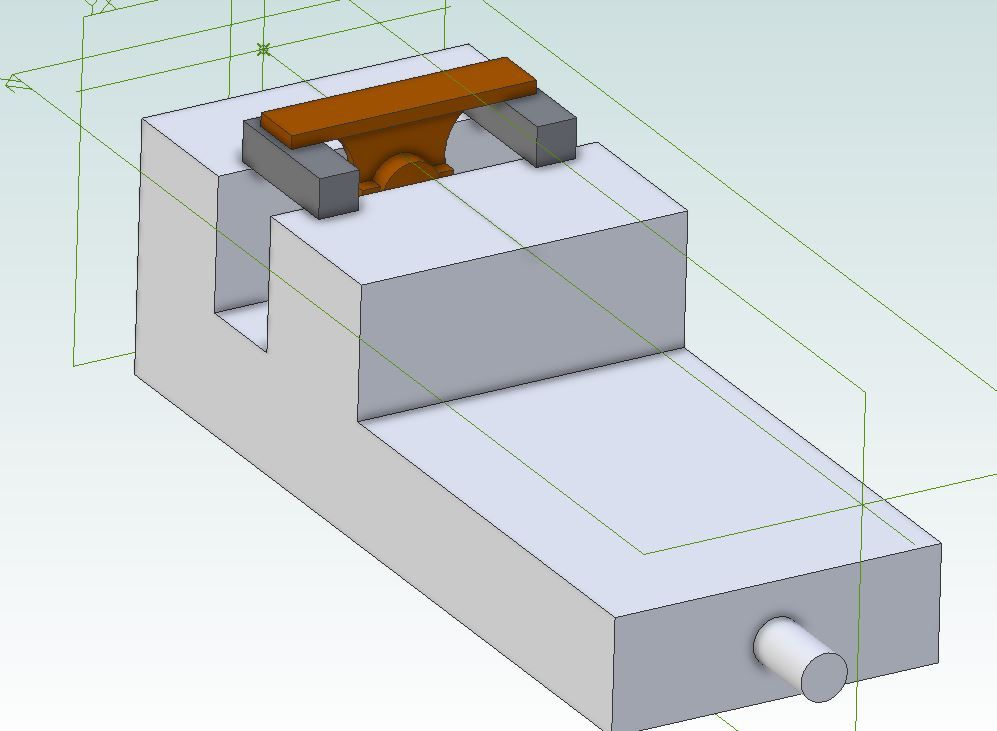Castings, creating a datum before milling
Castings, creating a datum before milling
- This topic has 18 replies, 8 voices, and was last updated 23 December 2019 at 04:26 by
John Olsen.
Viewing 19 posts - 1 through 19 (of 19 total)
Viewing 19 posts - 1 through 19 (of 19 total)
- Please log in to reply to this topic. Registering is free and easy using the links on the menu at the top of this page.
Latest Replies
Viewing 25 topics - 1 through 25 (of 25 total)
-
- Topic
- Voices
- Last Post
Viewing 25 topics - 1 through 25 (of 25 total)
Latest Issue
Newsletter Sign-up
Latest Replies
- Model Engine running just off a naked flame
- Herbert B drill information?
- Which lubricator do I need
- Even the Dealer Didn’t Know!
- Backplate studs
- William Hazeldine … Proving Machine
- Paint stripper does not do what it says on the tin
- Please direct me to where I can find an engineer to do some bespoke work
- Measuring a double Vee lathe bed Vee position
- Advice to machine stationary engine base plate


